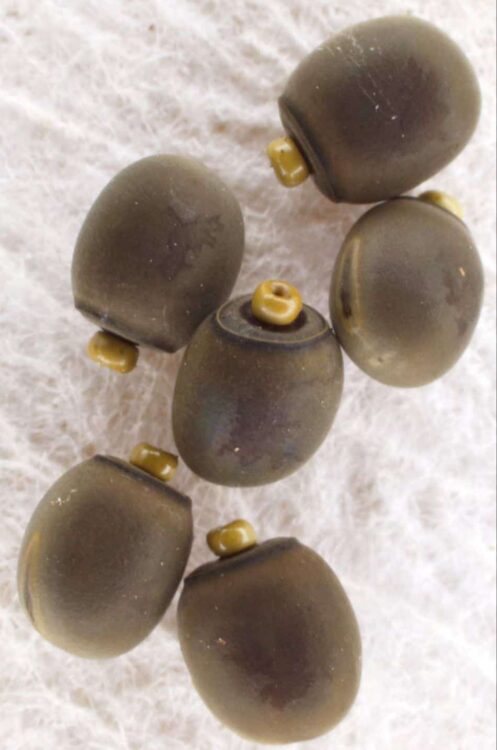Table of Contents
Breeding stick insects is not hard. However, preserving and looking after the eggs of stick insects can be somewhat complicated and requiring long term care and ongoing effort. Stick insect eggs are just as delicate as the sticks themselves and will easily be killed by extreme conditions such as heat, frost, drought, and fungi. Determining whether or not a stick insect egg is dead can be tricky, although there are some tell-tale signs that are common to all eggs regardless of the stick insect species.
For more advice and information on keeping and looking after stick insects, check out my ebook on Amazon click here
(opens in a new tab).

Controlled Temperature
Being so delicate, stick insect eggs will not tolerate exposure to extremes in temperature. So, if stick insect eggs become exposed to extreme temperatures (cold or hot) for even a short period of time, it is almost guaranteed that the eggs will die and not hatch. Ideally, stick insect eggs should not be exposed to enclosure temperatures over 30 degrees centigrade.
Moisture and Mold
Stick insects and their eggs need moisture. If stick insect eggs appear or feel dry to the touch then chances are they have died due to lack of moisture. The rule of thumb is to keep the eggs in a slightly moister environment than the adults’ habitat. The best way to ensure keeping the eggs moist is to place them on a soft paper tissue or layer of cotton and gently spray that with water. But:
- be careful not to spray the actual eggs just the tissue or cotton around and underneath them; and
- also be sure to wait for the cotton or tissue to dry out completely before spraying with water again.
Mold is a big problem when trying to hatch stick insect eggs, so the container where the eggs are kept needs to be well ventilated (but the container vents should not be large enough to allow newly hatched nymphs to escape). If the eggs appear to be moldy and start to change color, or if the layer of paper or cotton they rest on remains wet for more than a few days, this most probably means that the container ventilation is insufficient and measures must be taken to improve it.
Correct Environment
Correct environment is essential for the survival of the stick insect eggs. The correct type of environment needed by the eggs is determined by the species of stick insect, and in particular where the female has laid the eggs. In the wild, some species will lay their eggs in soil, which means that eggs laid in captivity will also need to be placed in a thin layer of soil or other substrate, spread evenly along the bottom of the storage container. Other species will simply drop the eggs wherever they happen to be at the time, meaning that it is safe and suitable to store and hatch the eggs on a layer of cotton or paper tissue. If the eggs have spent time exposed to the wrong environment, there is a serious chance they might not hatch at all.
on a layer of cotton or paper tissue. If the eggs have spent time exposed to the wrong environment, there is a serious chance they might not hatch at all.
Looking after stick insect eggs is a long-term commitment requiring constant care, but it is by no means hard work or time consuming in the moment. Be prepared for the long haul though as, depending on the particular species, it can take anywhere from two to fourteen months for nymphs to hatch.

